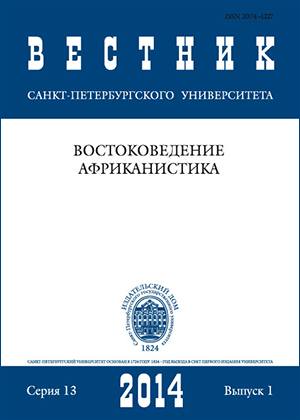The reasons behind the Seventh Dalai Lama’s exile in 1728–1735 and its consequences
Abstract
In accordance with the order of the Yongzheng Emperor (r. 1723–1735) in 1728, the Seventh Dalai Lama Kelzang Gyatso (1708–1757) left Lhasa for the Garthar Monastery in Eastern Tibet where he was placed under the guard of Chinese troops. The emperor feared that the instability in Tibet which led to the Civil war of 1727–1728 the Dzungars could interfere and even kidnap young Dalai Lama. The emperor was also suspicious of the activities of the Dalai Lama’s father Sonam Dargye who was much involved in the disturbing events which led to the Civil war of 1727–1728. Also, he established matrimonial ties with the rebellious leaders of the Khoshut Mongols as well as with Tibetan aristocrats. In 1734 the emperor allowed the Dalai Lama to return to Tibet. However, he was not allowed to interfere into the matters of the state while his father was permitted to visit Lhasa only once a year. Thus, it was a beginning of a short-lasting period of the separation between temporal and spiritual powers. Refs 15.
Keywords:
Tibet, Sonam Dargye, Dalai Lama, Kelzang Gyatso, exile, Yongzheng, Yunli, Polhanas
Downloads
References
Downloads
Published
How to Cite
Issue
Section
License
Articles of "Vestnik of Saint Petersburg University. Asian and African Studies" are open access distributed under the terms of the License Agreement with Saint Petersburg State University, which permits to the authors unrestricted distribution and self-archiving free of charge.





